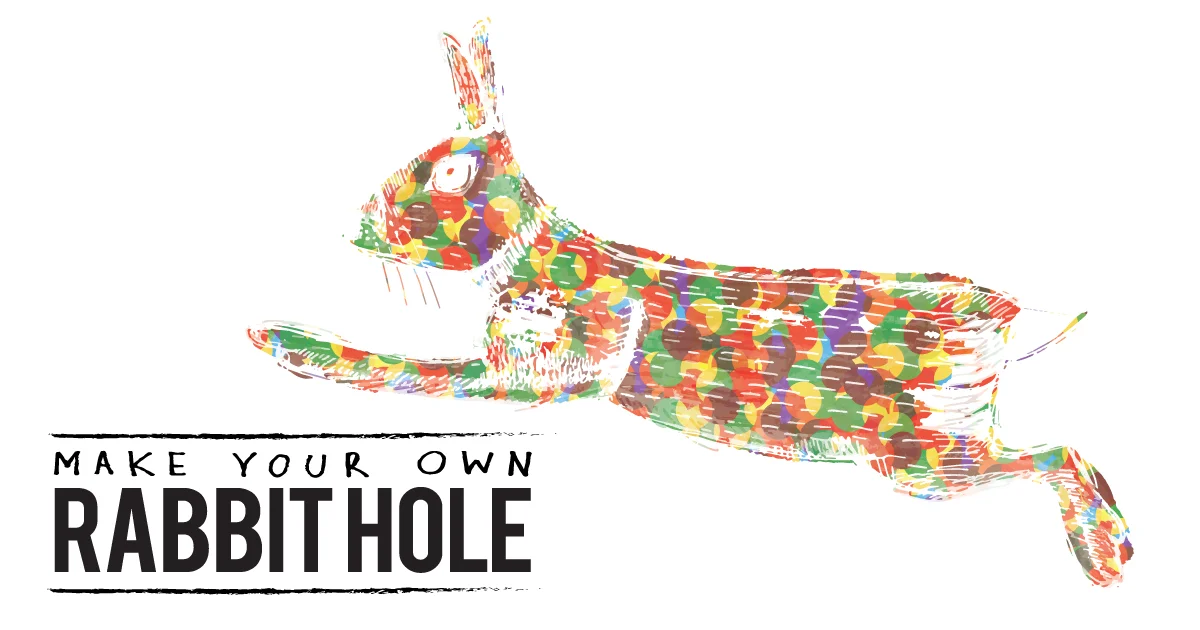Get off my lawn!: What Clint Eastwood taught me about leadership
/When it comes to creativity and leadership, there are so many things to learn from Clint Eastwood—here are two.
A single standing house in the suburbs surrounded by regularly tended, carefully cut grass is the highest realisation of individual property rights and the self-discipline it requires to get them. It's an expression of a kind of personal 'rugged individualism'—like what Walter Sobchak from the Big Lebowski would call:
A line in the sand, Dude. Across this line, you DO NOT CROSS!
And looking at some of the tough-talking, no nonsense characters Clint Eastwood plays in front of the camera, behind the camera you'd expect him to be much the same. But reading Mike Goodridge's book on famous directors, I was reminded that Eastwood's style is quite the opposite.
1. Make everyone feel part of the progress
As a director, Eastwood is well-known for only doing one or two takes for each shot. In the film-world, this is a rarity.
Michael Haneke, of Caché-fame, confesses in Goodridge's book to being such a perfectionist with each shot that he only keeps about three minutes of screen-time per day. Stanley Kubrick, of course, famously made Shelley Duvall repeat the same scene 127 times in The Shining. In City Lights, Charlie Chaplin did 342 takes of one shot.
But Eastwood is different. In his interview with Goodridge, he explains:
I have a reputation for always going with the first or second take. Of course, I don’t always get it in one or two takes. It’s more that I want to get the feeling that we’re moving. You have to keep the crew and the production going at a business-like pace so they get the feeling they are part of something that’s actually moving forward.
Ultimately for Eastwood, it's important for the success of the production that,
"The cast and crew feel like they are going somewhere when they go to work each day and feel like they are accomplishing something."
So that everyone can feel this sense of progression, Eastwood adds:
I like to do whole sequences in one day, so everyone has the feeling that all the parts are there and, besides, it helps for editing purposes. It’s my job to make sure that the set and atmosphere that everyone is working in is comfortable. That’s the way to get the best out of people.
This goes against the common practice of shooting films out of sequence. Rather than starting with the opening scene and then filming each part in order, most if not nearly all filmmakers (so I'm told) shoot out of order according to a production schedule in order to get the maximum amount of time out of a particular actor, location or set-up. But the trade-off of working this way is that it's sometimes difficult for those involved to see the project as a whole until the film is finished.
In Paul Smith's book on Eastwood, he explains that Eastwood's approach is partly due to him often having to play the dual roles ofboth director and producer for a lot of his films—being an artist, and having his eyes on the budget and the clock. And it seems that making sure his cast and crew are performing at their best serves both these roles. Smith writes:
In terms of the rapidity of his filmmaking, he often shot films in sequence; or if not in sequence, then "I'll complete shooting in one direction before I turn around and shoot the other way, which saves an enormous amount of time in moves and lighting"—and of course also saves money. Also his habit was to rehearse whole scenes, partly so that this way of shooting would not be confusing for the actors, but also to reduce the number of takes that would be necessary.
2. Don't spook the talent
Eastwood also tries to keep everything quiet on-set. As Steve Campanelli, who worked as camera operator on many of his films explains, Eastwood never yells 'Action!' or 'Cut!', instead preferring to say quietly, 'Go ahead.'
Appearing on Inside the Actor's Studio, Eastwood remarked that he doesn't yell 'Action' because he spent most of his early career working on Westerns where he quickly learned that too much noice on-set upsets the horses. Out of this experience, he says,
It came to my attention that actors, are not like horses, but they do have a central nervous system, and they're sitting there with a certain amount of anxiety about the scene, depending on their experience level, but they have a certain kind of... approach they're ready to take. And you yell 'Action!' at them, and their adrenaline goes up and their blood pressure goes up, and even if they can appear calm, they're not really at optimum level.
Instead, Eastwood likes to keep the cast and crew calm and focused.
What I do is when I get the camera going, I try to do that as silent as possible.If you're gonna do a slate at the beginning, it has to be a slate-person who knows how to just click it very quietly, and then I just say, 'Ok, anytime,' or 'Go.' And at the end it's, 'Stop.' 'Thank you.' Or, 'That's enough of that sh*t.'
Speaking of 'That's enough of that sh*t', I'll try and wrap this up.
I guess what I took from all this is that leadership in the creative sphere is not about establishing a territory as an artist and ferociously defending it—no yelling at people to get off your lawn, metaphorically or otherwise.
Films, like many other creative endeavors, are not the sole domain of one person—they're a cooperative effort.
I like how Eastwood sees the director's job not as someone who barks orders, but as someone who fosters a productive, creative environment that allows space for others to do their best.
Rabbit













Painter Tracey Read talks about spending four weeks painting and drawing her way around Italy.